Search
07091 Effect of Alloying Element on Intergranular Stress Corrosion Cracking Susceptibility of Super Martensitic Stainless Steel Welded Joints in Sweet Environment
Also Purchased
07094 Understanding and Avoiding Intergranular Stress Corrosion Cracking of Welded Supermartensitic Stainless Steel
Product Number:
51300-07094-SG
ISBN:
07094 2007 CP
Publication Date:
2007
$20.00
07096 Effect of Variation of Local pH on Stress Corrosion Cracking of Stainless Steels in High Concentration Brines
Product Number:
51300-07096-SG
ISBN:
07096 2007 CP
Publication Date:
2007
$20.00
07090 SCC Performance of a Super 13%Cr Martensitic Stainless Steel for OCTG: Three-Dimensional Fitness-For-Purpose Mapping According to PH2S, pH and Chloride Content
Product Number:
51300-07090-SG
ISBN:
07090 2007 CP
Publication Date:
2007
$20.00




